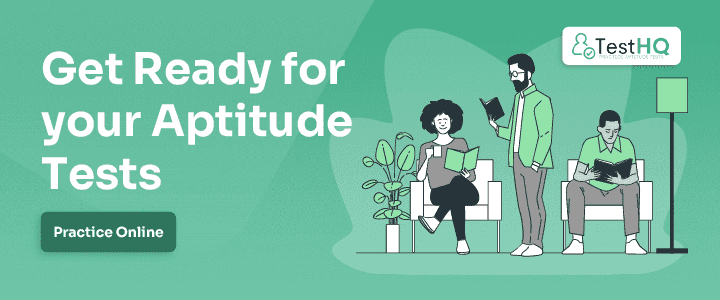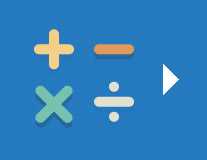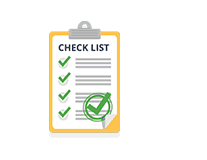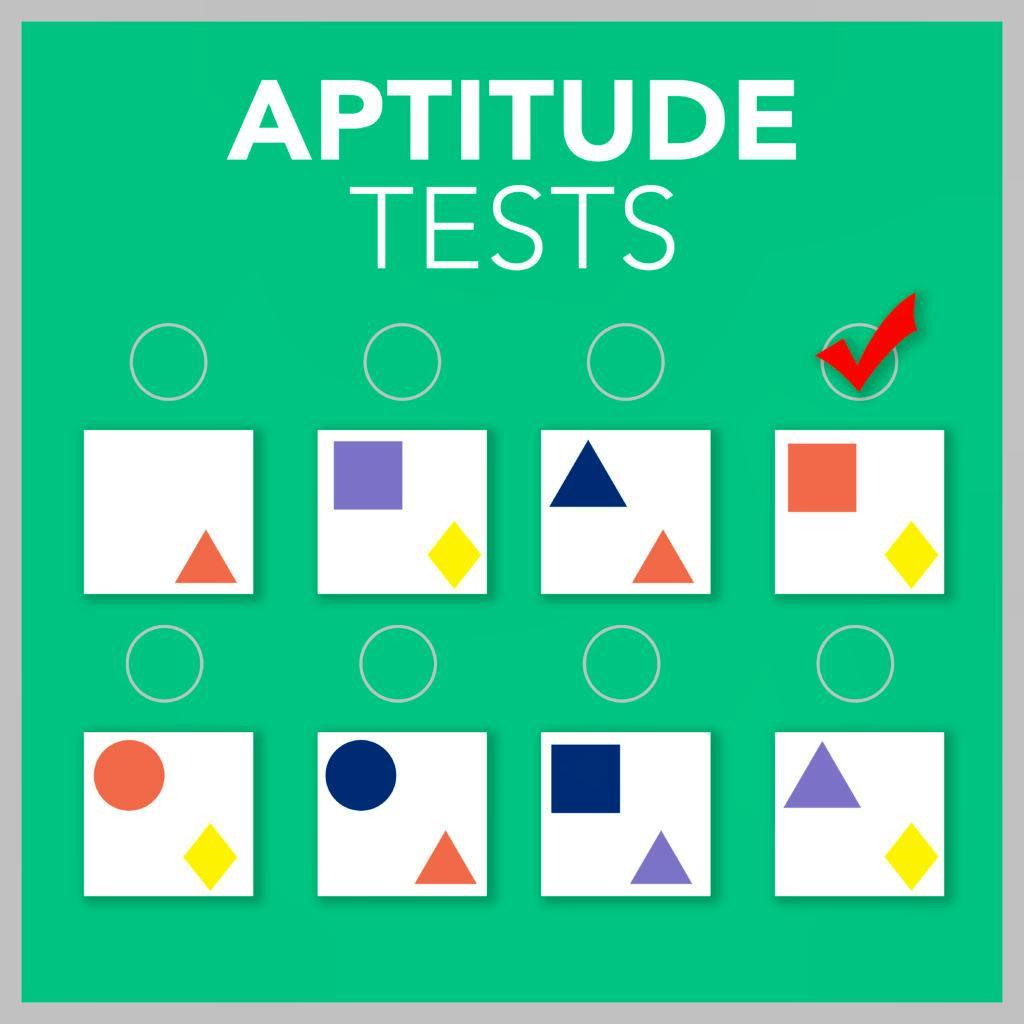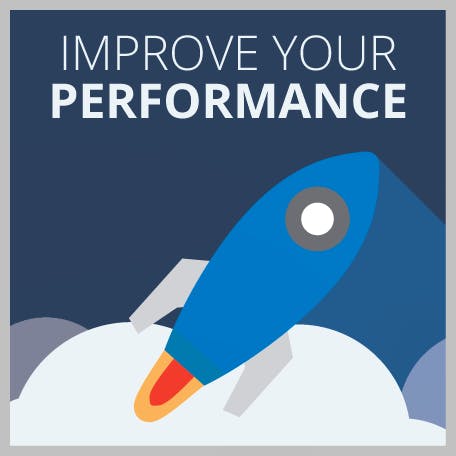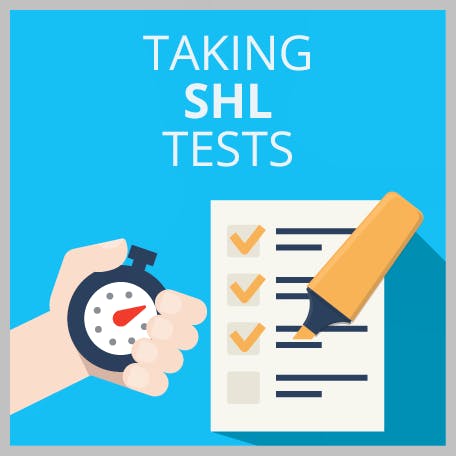A Guide to the ieGAT Test: Examples and Tips
Updated May 31, 2024
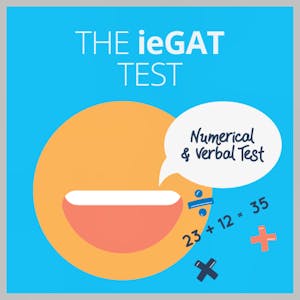

The IE Global Admissions Test (ieGAT) is an entrance exam for the IE University (IEU) in Spain.
It covers numerical, logical and verbal reasoning.
Not every IE program requires an ieGAT score. However, as the programs that do are highly competitive, those who take the ieGAT Test must prepare themselves to achieve the best score possible.
This article will help you understand:
- What the ieGAT is
- The structure
- ieGAT scoring
- How to register for the ieGAT
- The best ways to prepare
What Is the ieGAT?
The ieGAT is an aptitude test created by the IE University to measure your decision-making and problem-solving skills for different scenarios and situations.
It lasts between 90 and 120 minutes, including instructions and practice.
The different assessment areas are:
- Numerical
- Verbal
- Abstract reasoning
The ieGAT exam is taken by students interested in IE University master’s programs across subjects such as law, business, architecture and finance.
It is available in English and Spanish, both online and offline.
The ieGAT is sometimes used as an alternative entry exam for the GMAT, GRE, SFA and CAIA.
The ieGAT test is considered one of the most challenging entry exams, as the questions adapt to your response level. This means that for every correct answer, the following question will be even more difficult.
The test also has negative scoring for any wrong answers.
Additionally, speed and accuracy also play a role in your overall score.
So not only do you need to be quick, but you need to answer correctly.
How Is the ieGAT Test Structured?
There are two different test formats: online and pen/paper.
Online Version
During the online version of the ieGAT, you are asked to keep your computer camera on at all times, and you take the ieGAT exam in an online chatroom-type setting.
The questions are divided into seven sections totaling 90 minutes:
- Graphic numerical reasoning – This consists of 36 questions and lasts 15 minutes. It requires you to analyze information from a graph or chart.
- Verbal reasoning – This session lasts 12 minutes, with 49 questions, and measures your ability to understand a passage and identify the appropriate information.
- Applied numeracy – This has a 16-minute time limit, with 20 questions. In this section, you are expected to quickly and accurately solve mathematical problems.
- Deductive thinking – This consists of only 10 questions. You have five minutes to identify any hidden patterns.
- Inductive thinking – Consists of 12 questions and a 12-minute limit. Here, you need to categorize a shape into the given categories.
- Information handling – This measures your ability to process information using a set of instructions. You have 15 minutes to answer one question.
- Creativity – This also consists of one question and a 15-minute time limit. In this section, you are asked to create and name an image using the provided shapes.
Pen and Paper Version
The pen and paper version is split into two sections.
The first is verbal and numerical reasoning. Here, you will be given four texts, each followed by nine questions.
The texts are typically business, finance or economic-focused. The accompanying questions are a mixture of verbal and numerical.
They are designed to measure your ability to dissect and understand information.
All the questions are multiple-choice.
Some questions may have more than one answer, so read the instructions carefully before answering and moving on.
The second section contains a mixture of logical and abstract reasoning questions similar to the online version.
The whole test has an 80-minute time limit and 60 questions.
Read the passage and answer the questions.
When studying for their exams, some medical students prefer to practice in short and specific periods throughout the day, rather than long sessions that cover multiple topics.
Others use a process known as top-down learning, which involves looking at the topics as a whole before moving into the smaller areas.
This natural way of learning is believed to yield better test results. It is therefore hypothesized that students do not need detailed study schedules, but rather just a list of all the topics they need to know.
1. According to the text, what is said about study schedules?
a) They are a waste of time
b) They might not be needed to achieve the best results
c) They are essential to success
d) Not enough information is provided
2. According to the text, what is top-down learning?
a) A study schedule
b) An ineffective way to study
c) A natural way of learning
d) Not enough information is provided
In 2019, British Airways carried 45,000,000 passengers, while Virgin Atlantic carried 15,000,000 passengers.
Which airline showed a larger increase in passengers from the previous year if British Airways had 5,000,000 more passengers than in 2018 and Virgin Atlantic had 3,000,000 more?
a) British Airways
b) Virgin Atlantic
c) Both had the same increase
d) Cannot be determined from the data provided
2. Which airline carries the most passengers?
| Airline | Passengers Carried (millions) | Revenue (billion USD) | Number of Destinations |
|---|---|---|---|
| Emirates | 58 | 25.1 | 157 |
| Virgin Atlantic | 15 | 4.5 | 30 |
| Singapore Airways | 32 | 16.3 | 137 |
| British Airways | 45 | 20.0 | 183 |
a) Emirates
b) Virgin Atlantic
c) Singapore Airways
d) British Airways
Which shape does not fit the pattern?
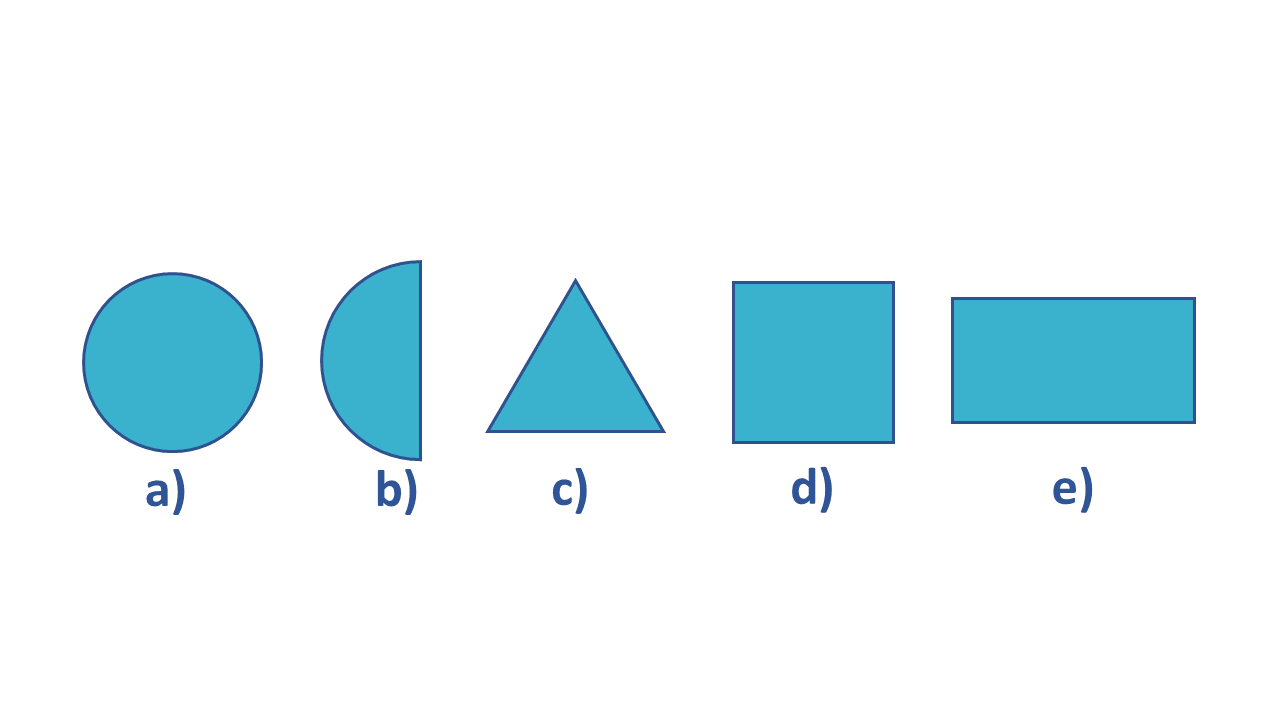
How Is the ieGAT Scored?
As the ieGAT uses negative scoring and computer-adaptiveness and takes into consideration speed and accuracy, there is no standardized scoring system or process.
The score given to a candidate is a tailored reflection of their personal performance.
While there is no pass or fail marks, a Gausse Curve is used to compare and identify high-performing candidates from all IEU programs. Your position on the curve will show how well you performed compared to your peers.
The school you are applying to should give an indication of their expectations.
It is believed that you need to answer all the questions to pass. However, previous candidates report it is impossible to answer every question within the time limits.
Your focus should therefore be on answering as many as you can quickly and correctly.
The ieGAT can only be taken once, so if you fail you will need to submit an alternative test score. Resits are only allowed for extenuating circumstances.
How to Register for the ieGAT Test
You can register for the ieGAT test on the IEU website. You are free to choose the date and time that suits you best.
Before registering, you must have completed at least 25% of your online application and paid the application fee.
Upon completion of the test, you will have 30 days to receive your results and finish your application.
How to Prepare for the ieGAT Test
ieGAT preparation is the only way to ensure success. As there is no curriculum or specific topics to study, starting your preparation might seem a bit challenging.
However, there are steps you can take in the build-up to your test day and during the test itself to ensure you score your best possible score.
Before the ieGAT Test
1. Research the ieGAT as Much as Possible
Understanding the test process and question format will remove any uncertainty or unexpected surprises on the day.
Use forums such as Reddit and Quora to see what advice past candidates have to offer.
2. Practice as Much as Possible
The more ieGAT practice tests you can complete, the better.
You can also complete any tests that cover numerical, verbal and abstract reasoning.
The variation of tests will cover more question types, better preparing you for the ieGAT.
The practice tests will also help you with time limits. Take the ieGAT sample tests under timed conditions so you know roughly how long to spend on each question.
TestHQ has an excellent selection of ieGAT sample questions and ieGAT simulators, as do many other sites.
Please remember that the websites offering ieGAT preparation are not always affiliated with IEU. Therefore, the questions and format may not be exactly as they appear in the official test.
3. Identify Your Strengths and Weaknesses
At the beginning of your preparation, take a free IeGAT practice test to help identify which areas you need more help with.
This will stop you from focusing too much on the areas you are comfortable with and encourage you to spend more time on the uncomfortable areas.
4. Take Care of Yourself
The ieGAT measures how quickly you can problem-solve and no amount of practice will help if you aren’t taking care of your mind and body.
To perform at your best, both physically and mentally, you need to:
- Exercise regularly
- Eat healthy foods
- Drink plenty of water
- Get enough sleep
- Spend time outside
5. Be Prepared for Test Day
The default test is the online version, but the paper version can be taken in certain situations. Have equipment for both.
For the online test, you will need:
- A fully charged laptop
- Laptop charger
- Paper and pencil for making notes
- A basic calculator
For the paper version, bring spare pencils, some paper and a calculator.
You are allowed dictionaries but are advised against using them, as they are time-consuming.
During the ieGAT Test
While taking your ieGAT test, ensure you read the instructions carefully. Once you have submitted an answer, there is no going back and changing it.
Equally, don’t get stuck on a single question. Your time is limited, and the test is assessing how quickly you can answer.
If you are really struggling, use the process of elimination to get rid of the answers it definitely can’t be. From the remaining options, choose the most likely one.
Keeping a track of time will also help you not get stuck on a question. As mentioned, it is not expected that you answer all the questions, so use the timer to help you settle into a steady and efficient rhythm.
Frequently Asked Questions
The ieGAT is an admissions exam used to measure an applicant’s numerical, verbal and abstract reasoning abilities.
It was created by the IE University, but used by many other educational institutions for postgraduate programs. The ieGAT is also used as an alternative to other admission exams, such as the GMAT.
The ieGAT does not assess academic abilities, but rather a candidate’s problem-solving skills.
It is also a computer-adaptive test that adjusts the questions to suit the candidate’s abilities.
As such, the ieGAT is as difficult as the candidate’s skills allow.
The topics covered in the ieGAT test are numerical reasoning, verbal reasoning and abstract reasoning.
The questions will be based around written passages, graphs, charts, shapes, patterns and sequences.
There are no specific areas of these topics that you need to study.
After taking the ieGAT test, you will have 30 days to receive your results and complete your application.
The ieGAT takes place online in a location of your choosing or at a testing center for those sitting the paper version.
It is advised that you complete your test in a quiet location to avoid any distractions.
During your test you are required to have your webcam on and log into a virtual classroom.
TestHQ has a comprehensive guide to help you pass the ieGAT test.
Online forums such as Reddit can also offer a lot of advice as many of the discussions are run by ex-candidates.
The ieGAT is scored by measuring how quickly and accurately you answer each question. The score is also dependent on the question difficulty and negative scoring does apply.
There are no standardized pass or fail marks. Instead, your score is placed on a Guasse curve and compared with those in all IEU programs.
There are a maximum of 60 questions on the ieGAT test.
However, you are not expected to answer them all in the allocated time frame.
No, you cannot retake the ieGAT if you fail.
This test can only be taken once. If you fail, you will need to sit and submit an alternative score such as the GMAT.
To register for your ieGAT test, you need to have completed at least 25% of your application.
Following the test, you have 30 days to finish your application.
When choosing your test date, ensure you have given yourself enough time to study and finish all your applications.
There are several websites to help you prepare for your ieGAT.
You can also search forums and college communities to see if there are any study groups available in your area.
The ieGAT is an admissions exam for several master’s programs including business, economics and law.
While the test doesn’t lead directly to job opportunities, it does lead to some of the finest postgraduate programs in the world.
Final Thoughts
Without proper preparation the ieGAT test can be challenging.
Before taking the test, work through as many numerical, verbal and abstract reasoning tests as possible so you become comfortable with the question format.
Learn as much as you can about the test from previous candidates and ensure you take care of yourself and your health.
The ieGAT can only be taken once, so carefully consider if this is the right admissions exam for you.
When booking your test, give yourself enough time to finish all your applications and take any additional exams if needed.
Finally, identify your strengths and weaknesses and have confidence in your skills and abilities.

